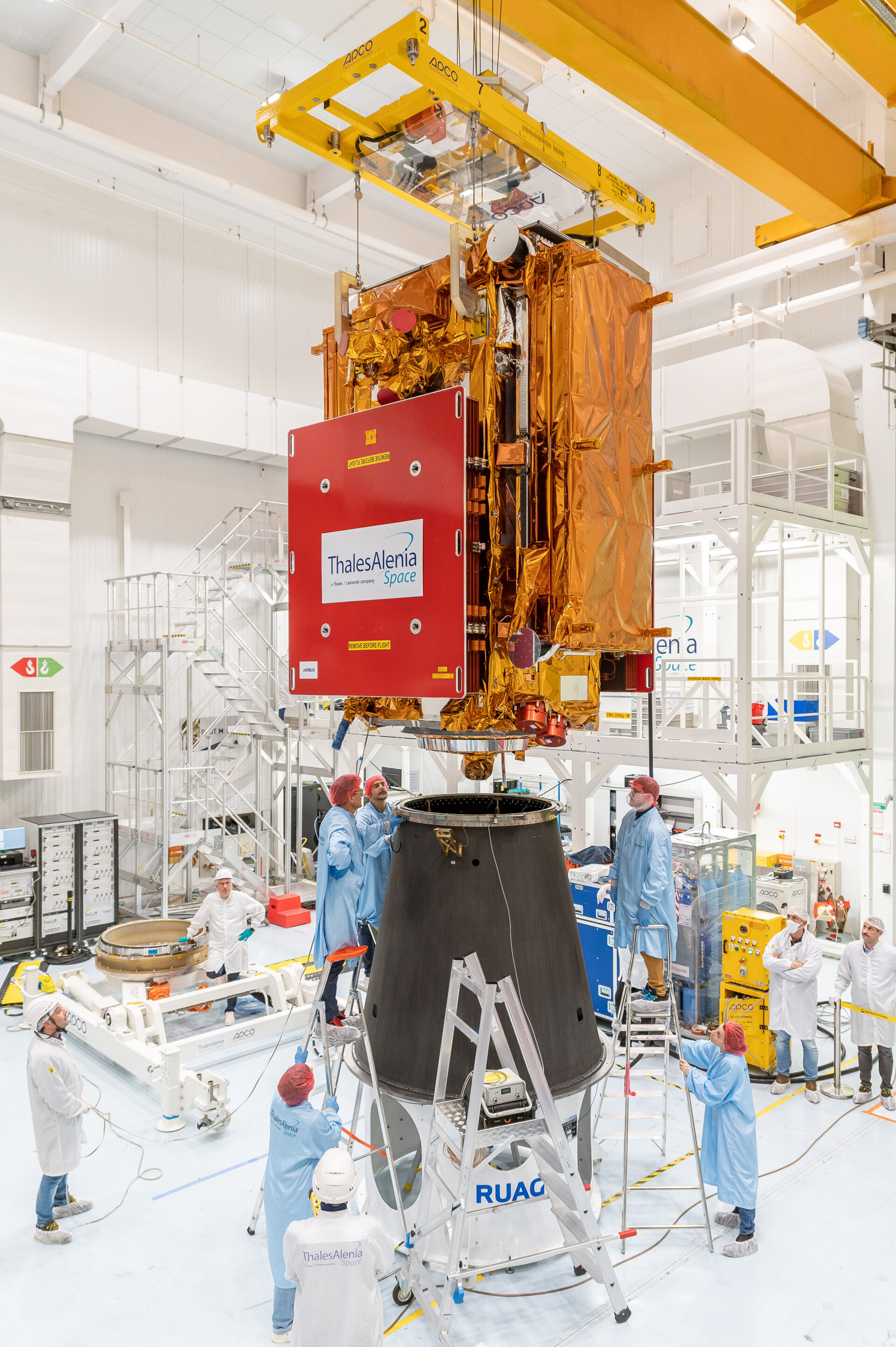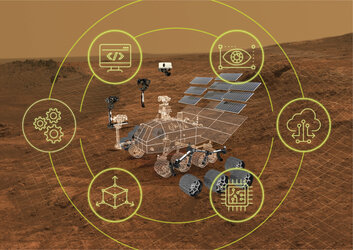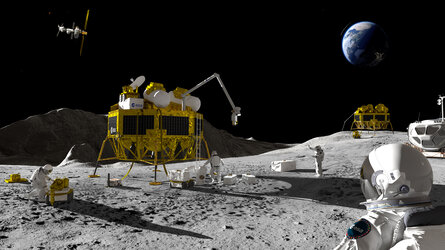Digital modelling to build space missions faster
The ‘fit check’ is that moment in a mission’s lifetime when a satellite is first attached to the launcher adapter that will cradle it on its flight to orbit. This is supposed to be a mere formality, but uncertainty is present in its very name: what if these two items, typically manufactured in different parts of Europe, don’t fit together as planned?
Space missions are often continent-scale endeavours, with the various elements and subsystems contributed from various regions and countries, requiring copious documentation to ensure they will perform as required – and fit together into the mission as a whole.
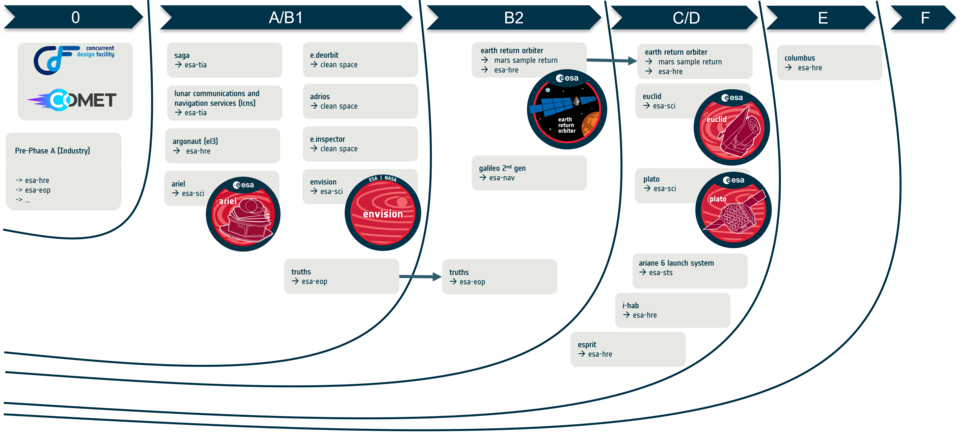
But ESA is moving to a new approach in mission management, foregoing written documents in favour of mission development being guided by shared, high-fidelity digital models. Model-Based System Engineering, MBSE, is seen as key to achieving one of the most ambitious goals in ESA’s Technology Strategy to develop, build and launch space missions 30% more quickly, while also making them much more cost-efficient.
Going digital, moving quicker
ESA Director General Josef Aschbacher spelt out the urgent need for MBSE in his Agenda 2025 vision of Europe’s space future: ‘’ESA projects are characterised by heavy engineering efforts from geographically dispersed teams. Digital continuity throughout the life cycle of projects allows the substantial reduction of cost and effort sand will shorten schedules. ESA will therefore digitalise its full project management, enabling the development of digital twins, both for engineering by using Model Based System Engineering and for procurement and finance, achieving full continuity with industry.”

What does this mean in practice? Mission Information that is traditionally captured and exchanged in the form of documents and Excel tables are instead expressed as a set of data-driven, structured mathematical models. This model-centric approach to data and information management provides an unambiguous, single, source of truth based on a common language and digital approach.
These data models are used to create a digital representation of the different mission elements, subsystems and components of the space system, and employed in turn to manage the growing complexity of the system design, maintaining the traceability, consistency and optimisation of the mission architecture and system design – retaining system knowledge, design evolution and decisions.
And as soon as an update is made and approved to the MBSE model, the change is propagated throughout the model and becomes accessible to everyone immediately.
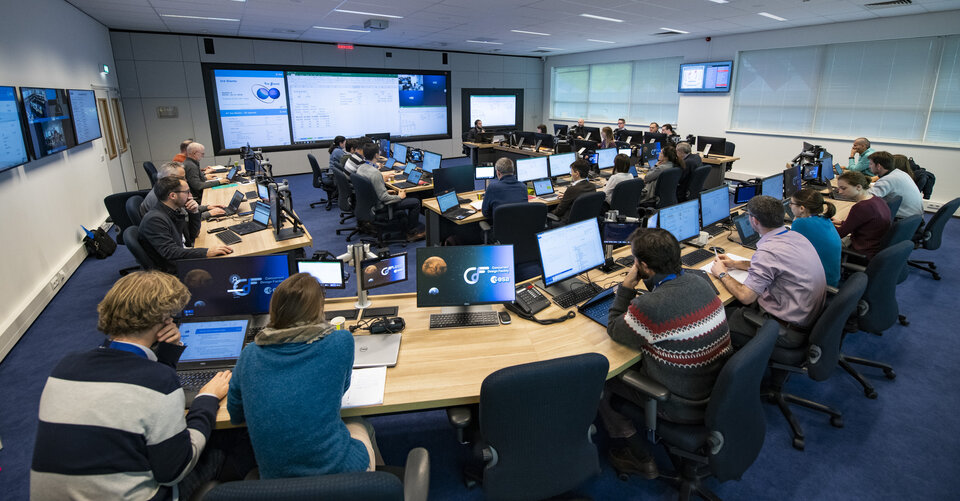
So how is ESA doing so far? Multiple Agency missions are already making use of MBSE across various development phases, from initial planning all the way to assembly, integration and testing. Read detailed articles here and here on our Shaping the Future website, or read our summaries below.
Where space missions start
ESA’s Concurrent Design Facility, CDF, based at the ESTEC technical centre in the Netherlands, has always employed digital models as it performs preliminary planning of future missions.
The ‘concurrent’ part of the CDF’s name refers to the fact that the hundreds of studies it has hosted are centred on shared digital models, so the gathered specialists can see in real time what the consequences of a change to one subsystem would be for the rest of the mission: if a radio antenna swells in size, does that mean the solar panels powering it will have to grow as well?
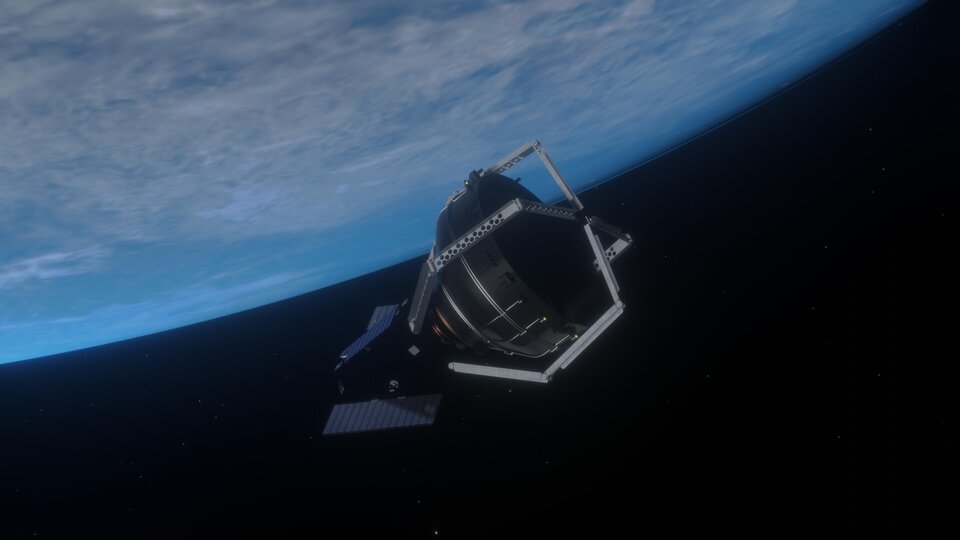
The challenge for ESA has been to extend this model-based approach further through the mission phases.
Clean Space: model developments
ESA’s Clean Space office, tasked with increasing the sustainability of space systems, took their initial CDF study outputs for mission concepts and extended a MBSE requirement to later mission phases.
This was the case with e.Inspector – a proposed CubeSat to perform a close-up survey of a derelict satellite in space – as well as the larger e.Deorbit, planned to not only rendezvous with such a satellite but also to bring it down to an atmospheric reentry.
MBSE was used to support the generation of e.Deorbit’s system requirements and the iterative development of the ‘phase B1’ mission architecture and system budgets. The experience was a positive one, although e.Deorbit was not supported for further development, it has been reborn as the Swiss-led ClearSpace-1 mission.
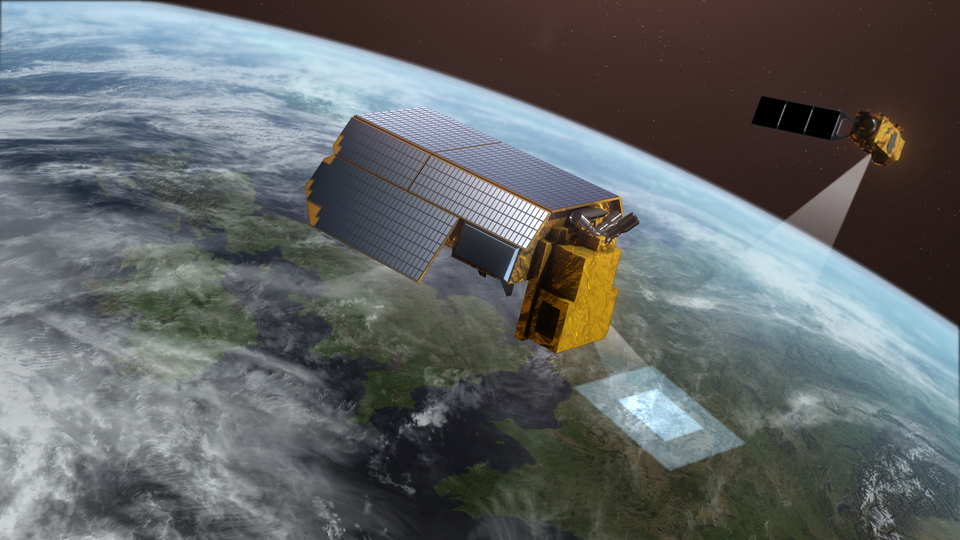
TRUTHS for Earth Observation
ESA’s Earth Observation Directorate is employing MBSE for the development of its Traceable Radiometry Underpinning Terrestrial- and Helio-Studies mission, TRUTHS, which will measure incoming radiation from the Sun and radiation reflected from the Earth, improving the confidence and calibration of climate change forecasts.
The particular focus is on model-based requirement engineering, leading to the development of a digitally integrated system model for both the mission infrastructure and operations, and providing an improved functional and physical architecture model of the entire system and its relevant functions.
MBSE for Moon and Mars missions
Missions in the later implementation phases tend to be more focused on a single, or smaller set of MBSE approaches, as seen with ESA’s Argonaut lunar lander, where the Lander Descent Element is seen as a generic element for multiple missions, requiring a strong model to gather all information for sharing with different mission teams.

Meanwhile ESA’s Earth Return Orbiter (ERO) mission, within the Human and Robotic Exploration Directorate, is part of the multi-mission Mars Sample Return (MSR) campaign with NASA, planned to retrieve samples from Mars and bring them back to Earth. ERO will capture, contain and seal the Mars samples in orbit, previously collected from the NASA Perseverance Rover, then deliver them safely back to Earth.
A robust system engineering approach is needed to cope with the programmatic and technical challenges of developing a cross-agency campaign, with effective communication between multiple and complex mission elements, stakeholders and industry partners.
Accordingly MBSE methodology is being used to control the mission complexity and manage the large engineering team, where the baseline design may undergo several design loops and iterations at different levels.
Together with the industry prime, ESA has developed the MBSE Digital Integrated System model to capture all the system level design information. A centralised database replaces traditional document-based deliverables. This is used to maintain technical consistency, control and traceability of not just the system mass budgets, but also the mission requirements, operational analysis, and the functional and logical architecture.
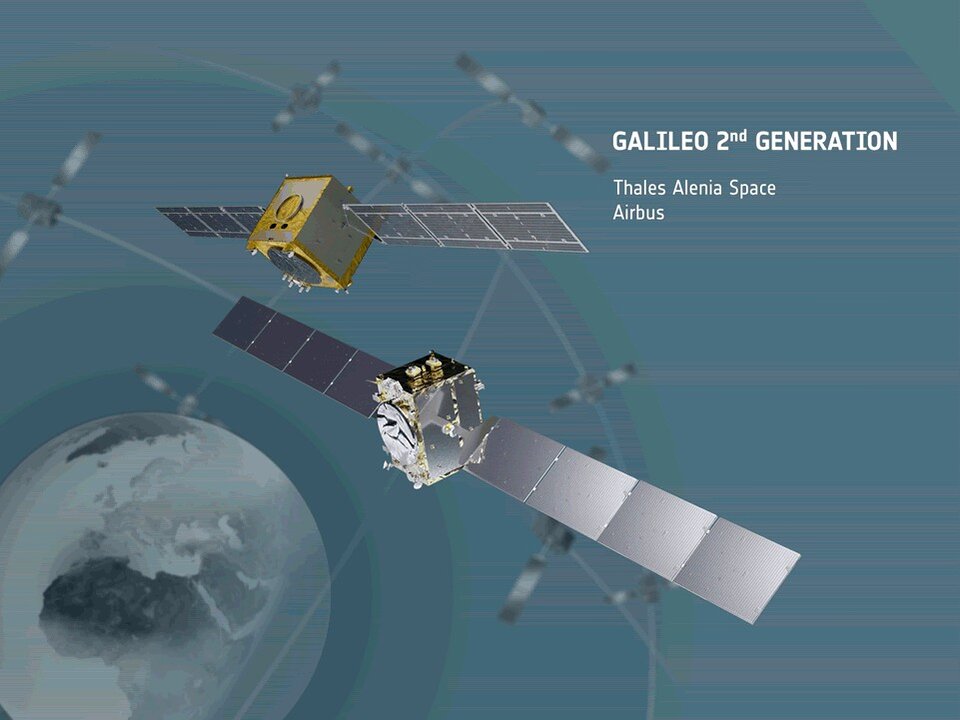
Regenerating Galileo
ESA’s Galileo Second Generation programme seeks to improve the performance of Europe’s Galileo constellation, already the world’s most precise satellite navigation system, providing metre-level accuracy to more than four billion users worldwide. Featuring enhanced capabilities and being fully reconfigurable in orbit, the G2 satellites will enable decimetre-level ranging.
Galileo is a very complex system however, with the satellites in medium-Earth orbit only the tips of a giant iceberg: The constellation has to be supported by a globally distributed ground segment, plus many dedicated Galileo service facilities, external providers, and stakeholders.
There is also a significant security element with different levels of classification information and need-to-know data. The G2 team’s specific MBSE approach is being used control the complexity of the mission throughout the design cycle, from specification to development, qualification and operations.
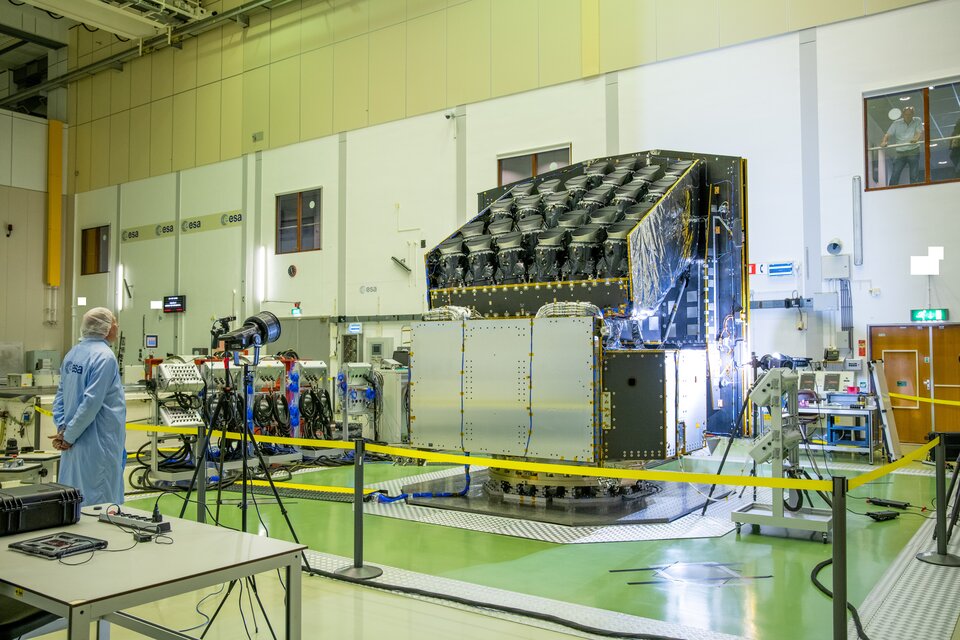
On the track of exoplanets
ESA’s Science Directorate is applying MBSE to its PLATO mission, surveying a large number of exoplanets within the habitable zone of Sol-like stars, building on earlier experiences from the Euclid mission. This includes a dedicated PLATO Mission Parameter Database (MPDB), acting as a single reference repository for the PLATO mission system.
MPDB provides an officially controlled and centralised representation of the payload and spacecraft models, containing all the information on the launcher, spacecraft, payload and ground segment elements. The MPDB is used regularly, integrating the different needs of the stakeholders from the ESA project team, scientists, ground station operators and industry into a single system model and (requirement) management tool.
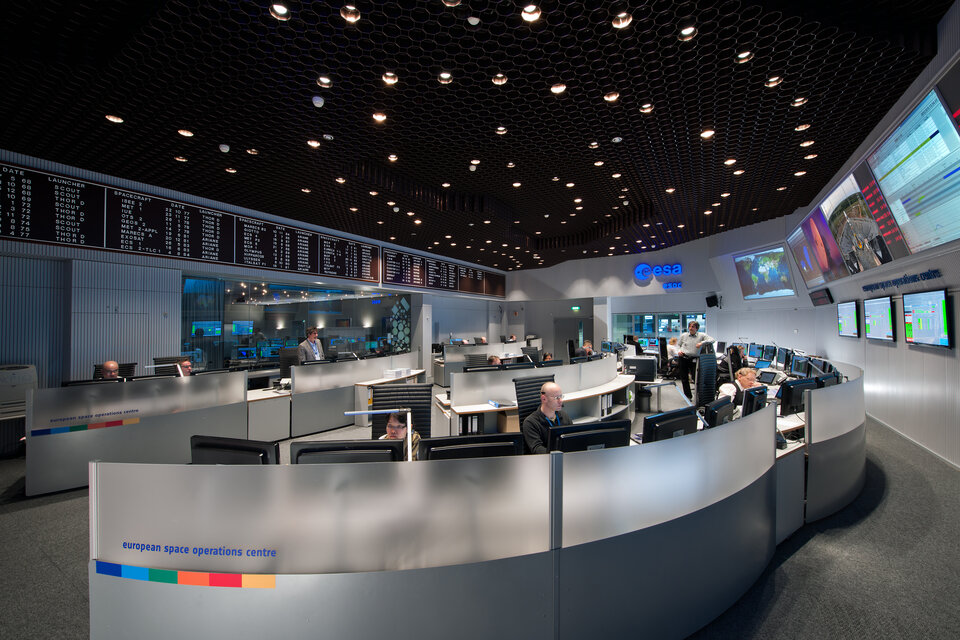
MBSE serving mission operations
MBSE can in principle be extended across an entire mission’s lifetime. ESA’s European Space Operations Centre (ESOC) in Darmstadt, Germany investigating its use to improve the efficiency of routine mission operations and mission planning. By effectively capturing and configuring the existing spacecraft modelling and mission information, the quality and efficiency of manual day-to-day planning and procedural activities can be improved. MBSE in combination with machine learning can enable the configuration and verification of mission planning system models, and the generation and verification of operational procedures.
Ongoing effort
There is an ongoing effort to derive new, optimal methods of integrating MBSE solutions into different space missions and between various stakeholders. The Model Based for System Engineering (MB4SE) advisory group is a multidisciplinary team of experts from ESA, national space agencies and industry, advocating the use of MBSE by providing a coordinated effort and common vision on how to successfully apply different MBSE solutions within the space sector. Each mission currently decides on their own MBSE solutions based on the mission dependent heritage, use case, availability of support and stakeholders.


